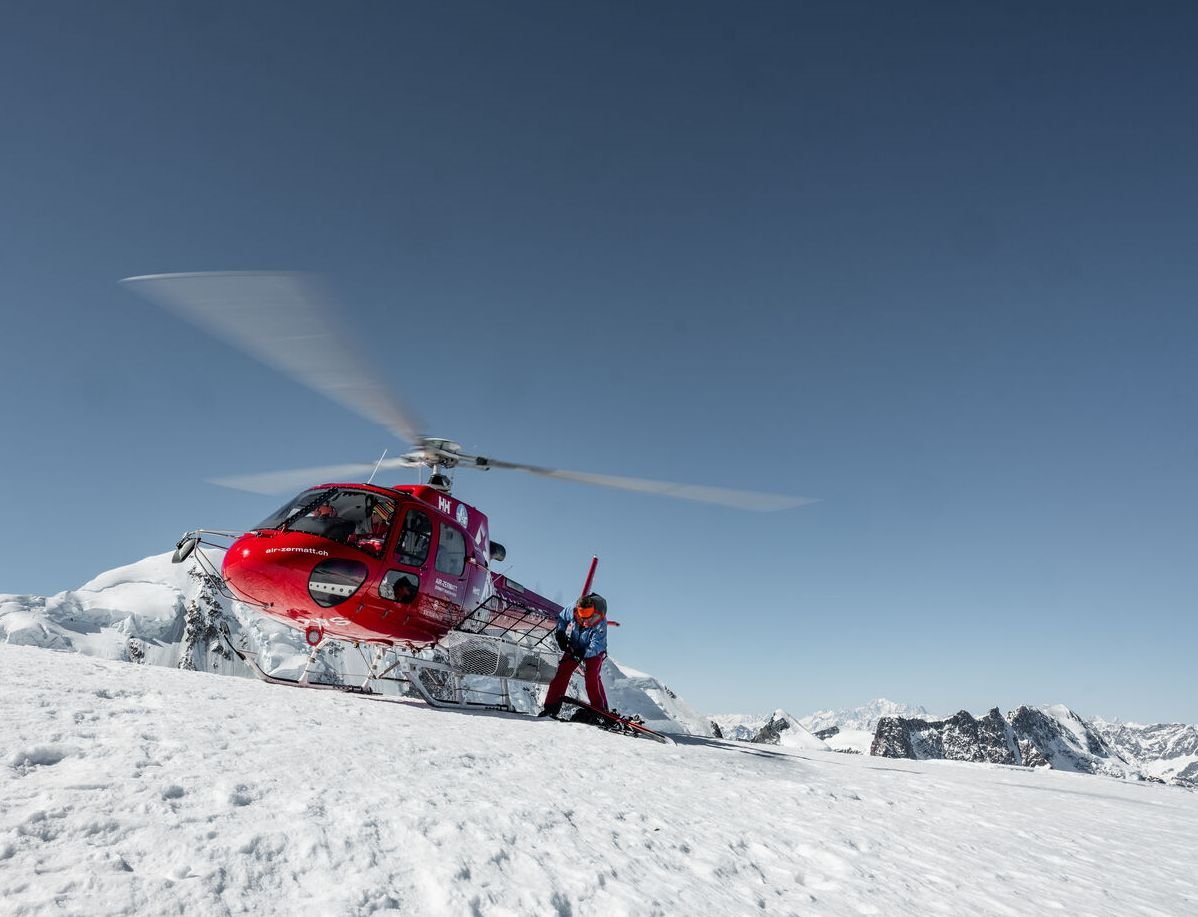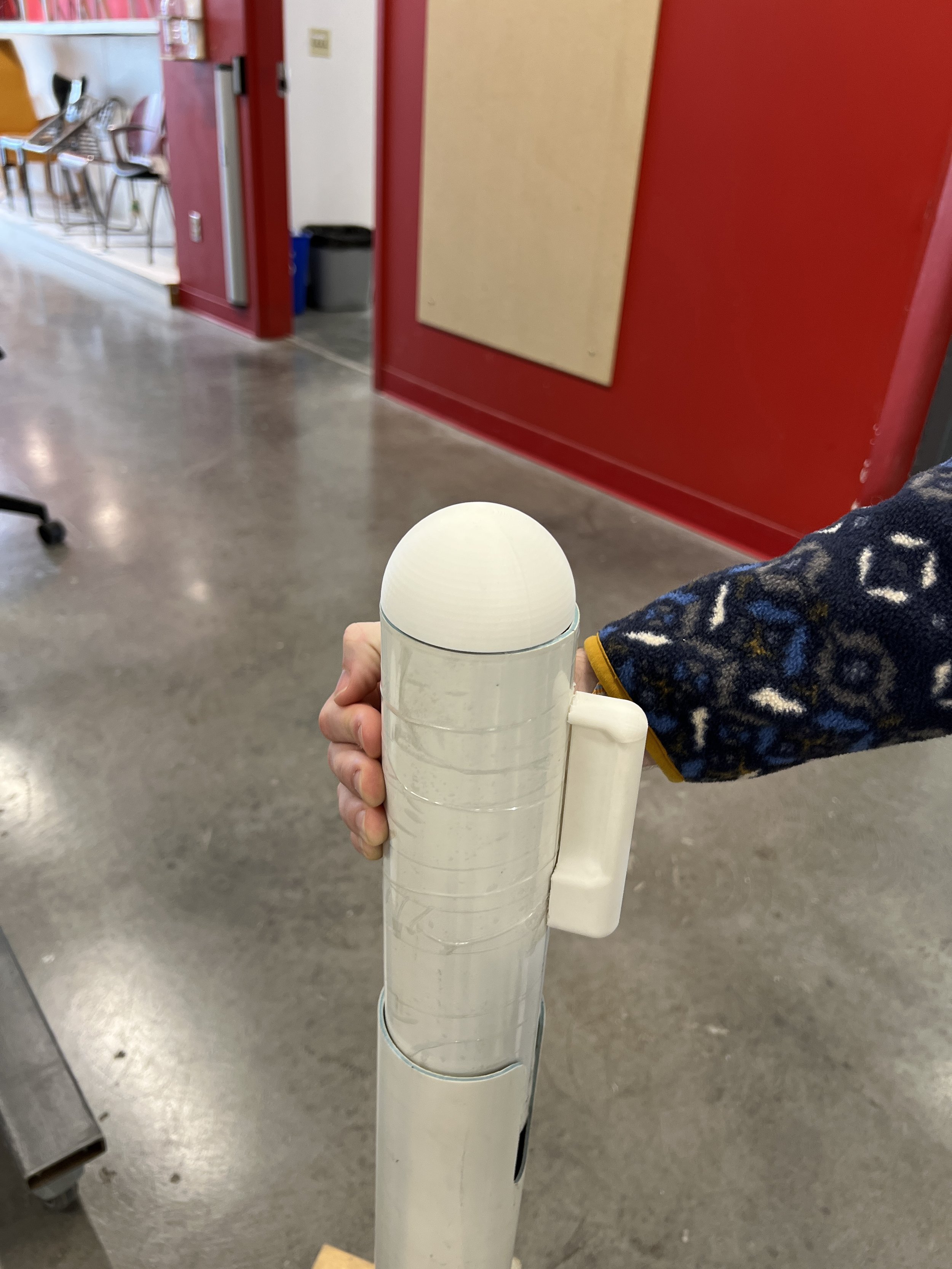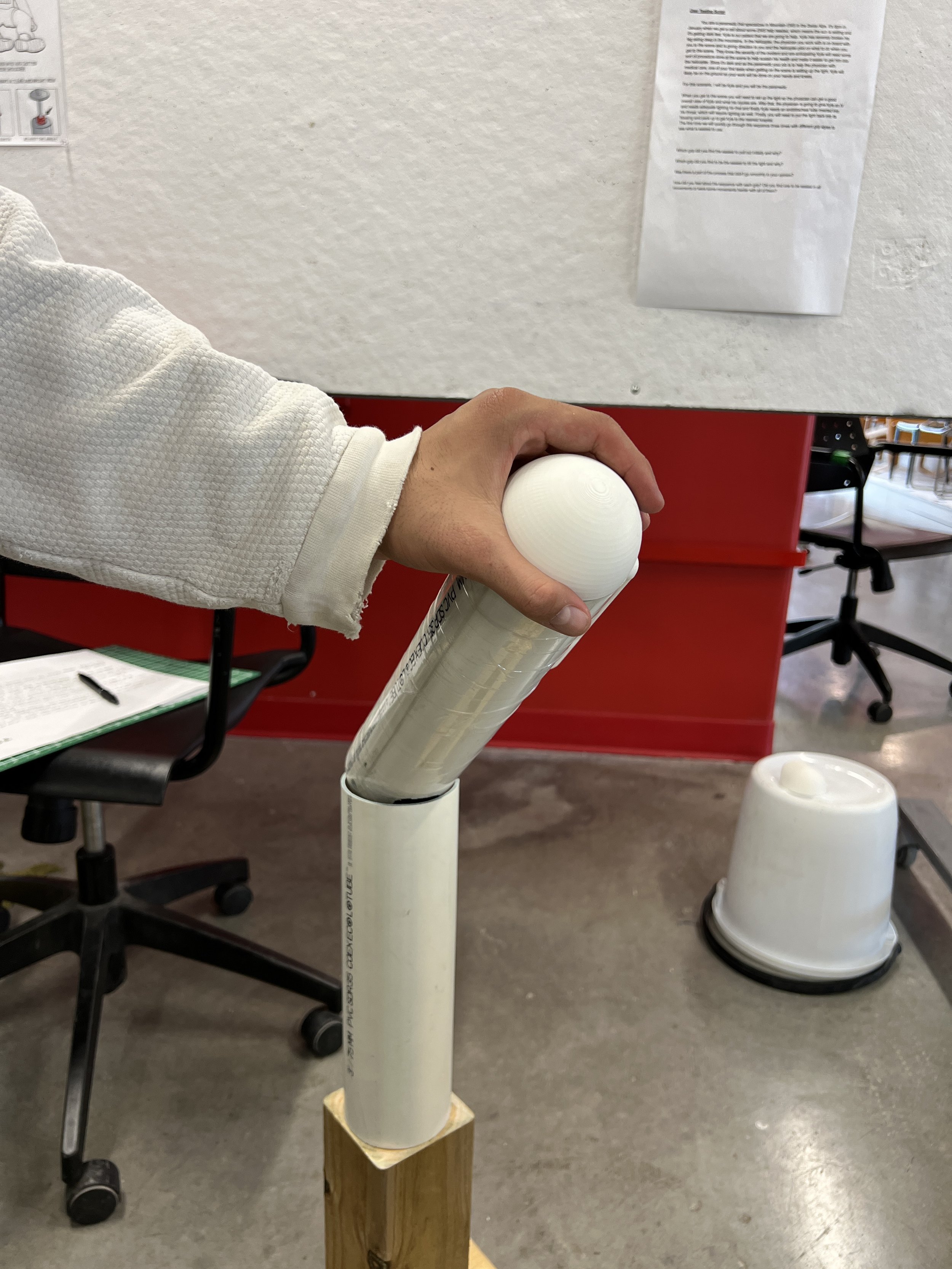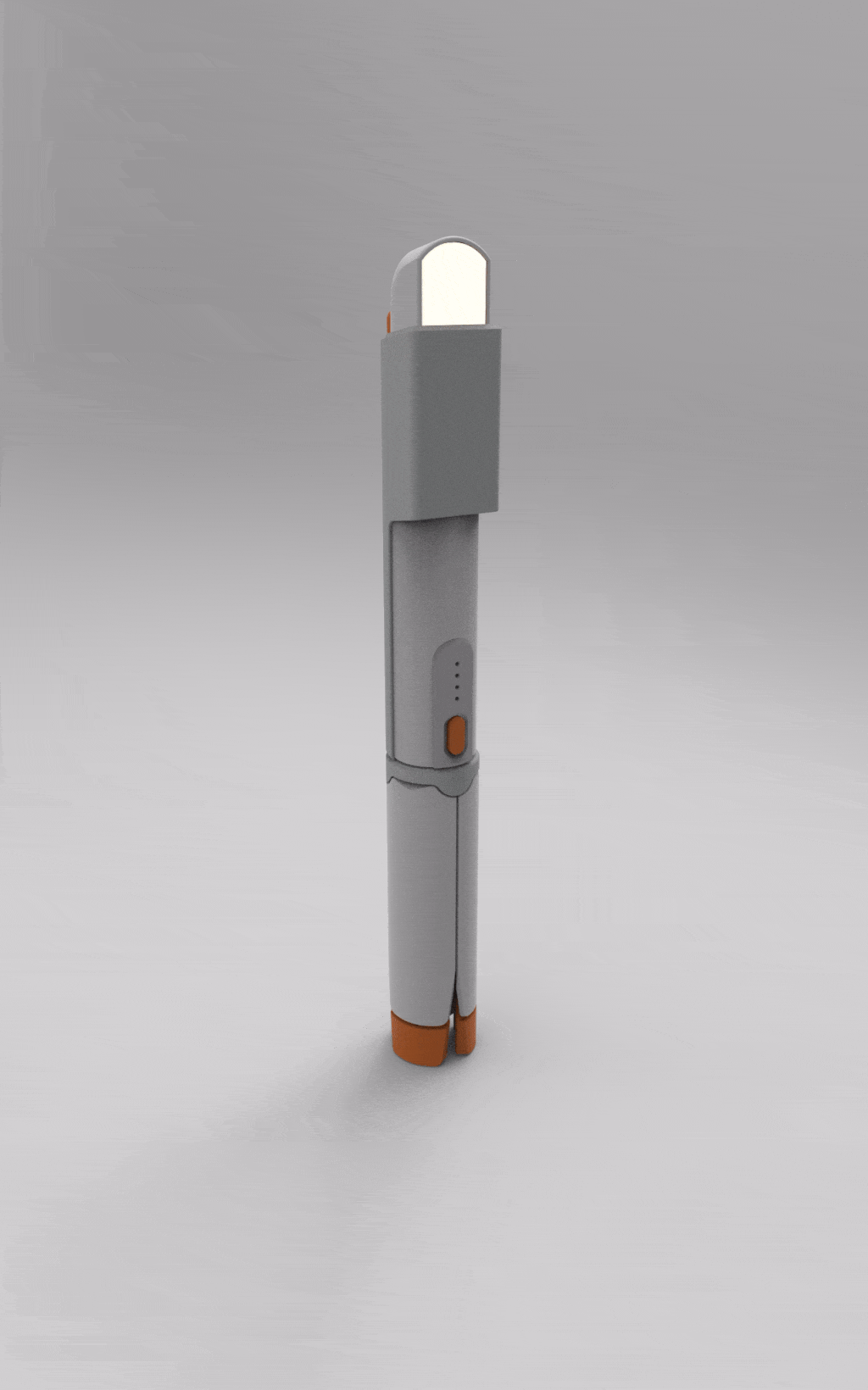
PEAK Medical Light
This design project focuses on developing a sustainable product solution aligned with the United Nations’ 17 Sustainable Development Goals. Five existing products were presented to be redesigned for a specific setting that aligns with the UNSDGs. Working within a multidisciplinary team, the project followed a structured design process, including initial group research, concept development, prototyping, user testing, and final refinement. The final product is based on user-centered and environmental constraints established through the primary and secondary research.
My product choice was a shadowless medical light redesigned for helicopter emergency medical service in mountainous areas.
Early Group Research
For this project, I chose UN SDGs 3 and 10 to focus on in my design
Context
Advanced Trauma Life Support (ATLS) in Helicopter Emergency Medical Services (HEMS) scenarios are unique and high-intensity environments. Every minute counts, as patient lives are at stake. Medical physicians are often there to do minimal procedures at the site of the injury, but these procedures can be crucial. Due to different government restrictions, only some mountainous locations use HEMS, the Alps in Switzerland being a large user.
Through contextual research, it was found in a study done by Ausserer et al. (2016) that in 98% of ATLS scenarios in HEMS, an intravenous line (IV) was used, and in 79% of major trauma victims, an endotracheal tube was inserted in an effort to sustain patient health. From Ausserer et al.’s (2016) study done in Europe, 44% of HEMS patients’ total prehospital time exceeded 90 minutes. This extensive time in recovering the patient warrants more pre-hospital procedures to sustain patient health. These procedures can be fulfilled due to 63.2% of helicopters in Europe having a physician on board.
Context Storyboard
1
2
3
Final List of Design Constraints
Knock-down
Non-Level Ground
Electronics and Cable Management
Weight
Size
Water-Resistance
Maneuverability
Materials resistant to impact in cold temperature
Materials that won’t be very cold to the touch
Easy Deployment
Precision Use
Attachable to existing bags/equipment
Multi-terrain feet
Battery-operated
Overbody reach
Cleanability (no unreachable corners)
Usable with gloves
Simple Mechanics (reduce chance of mechanical failure)
Initial Concepts
Initial Models


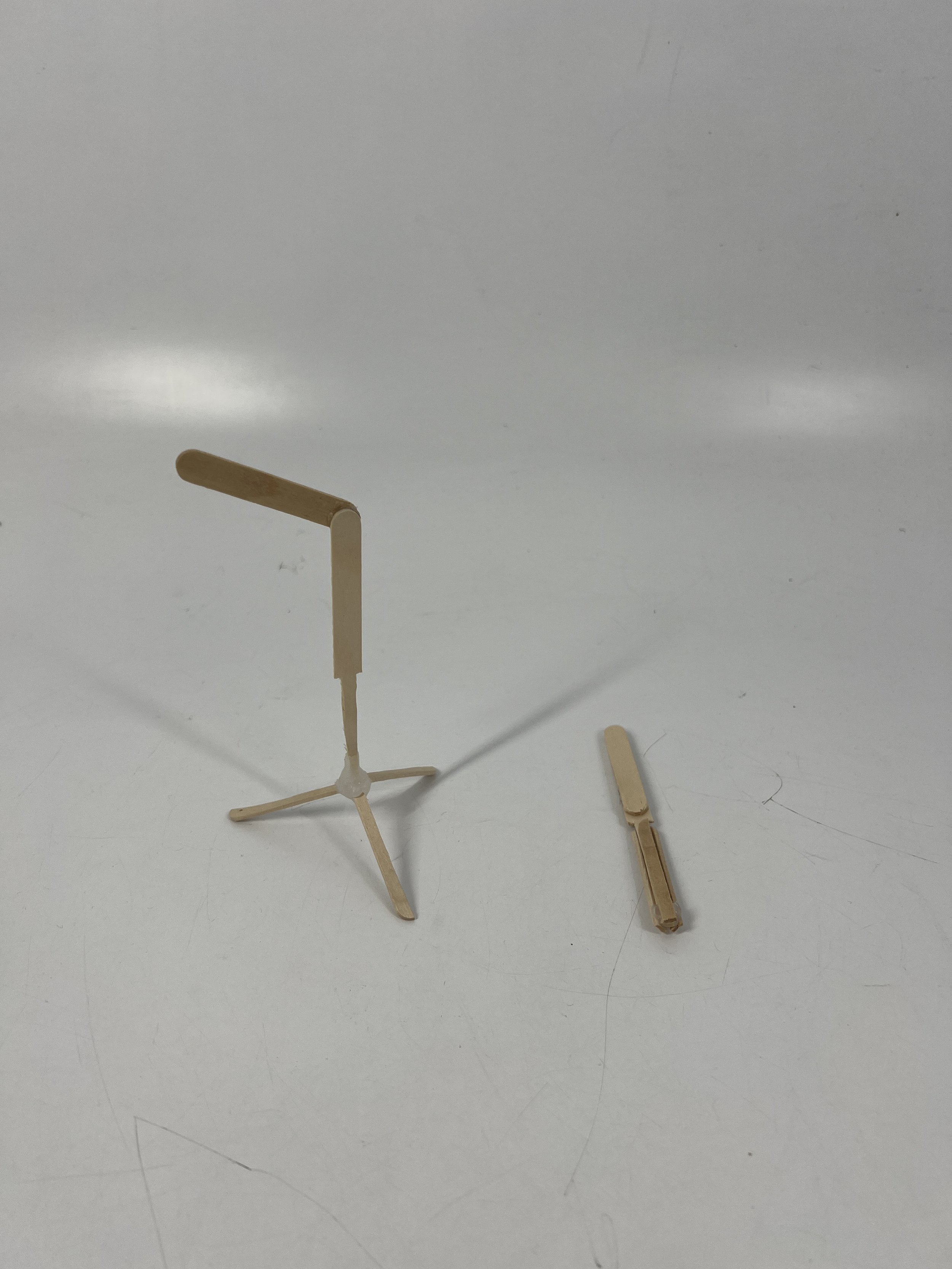



User Testing
The user testing was focused around the use cycle of opening, adjusting, and closing the light bar.
Using 3 different handle/grip methods, my goal was to put users through the cycle of use and, through a series of guided questions at the end, understand the experience
Findings
Use of affordances
Didn’t know where light was (affordance through form/material?)
Grip methods
A variety of grip methods were used, as seen in the
Handedness of user (Handle)
Right-handed users often crossed arms to use handle (handle on back?)
Handle for lifting
Some users used the handle to help lift when standing
Standing/Kneeling
Grip use stays relatively consistent based on if user was standing or kneeling
Development
The Design
The final design focuses on ease of use for medical physicians in HEMS situations. Its ability to set up the light with speed both through the movement of the tripod legs as well as the adjustable light bar makes sure no time is wasted. The light offers an alternate position to assist HEMS staff with overall view when on route to the patient due to its position on the medic bag. The design has a smooth, solid body to prevent bacteria and water from building up anywhere. While maintaining a stable base with precise maneuverability when in its extended mode, the form allows it to compact, attach, and coexist with other medical equipment without having anything that pops out and could catch on other things in the high-intensity environment. PTFE is used in the main body, achieving proper ductility in cold climates as well as resisting breakdown potentially caused by chemicals for cleaning. The design maintains a simple form, ensuring precise and exceptional function in the high-intensity environments it faces.
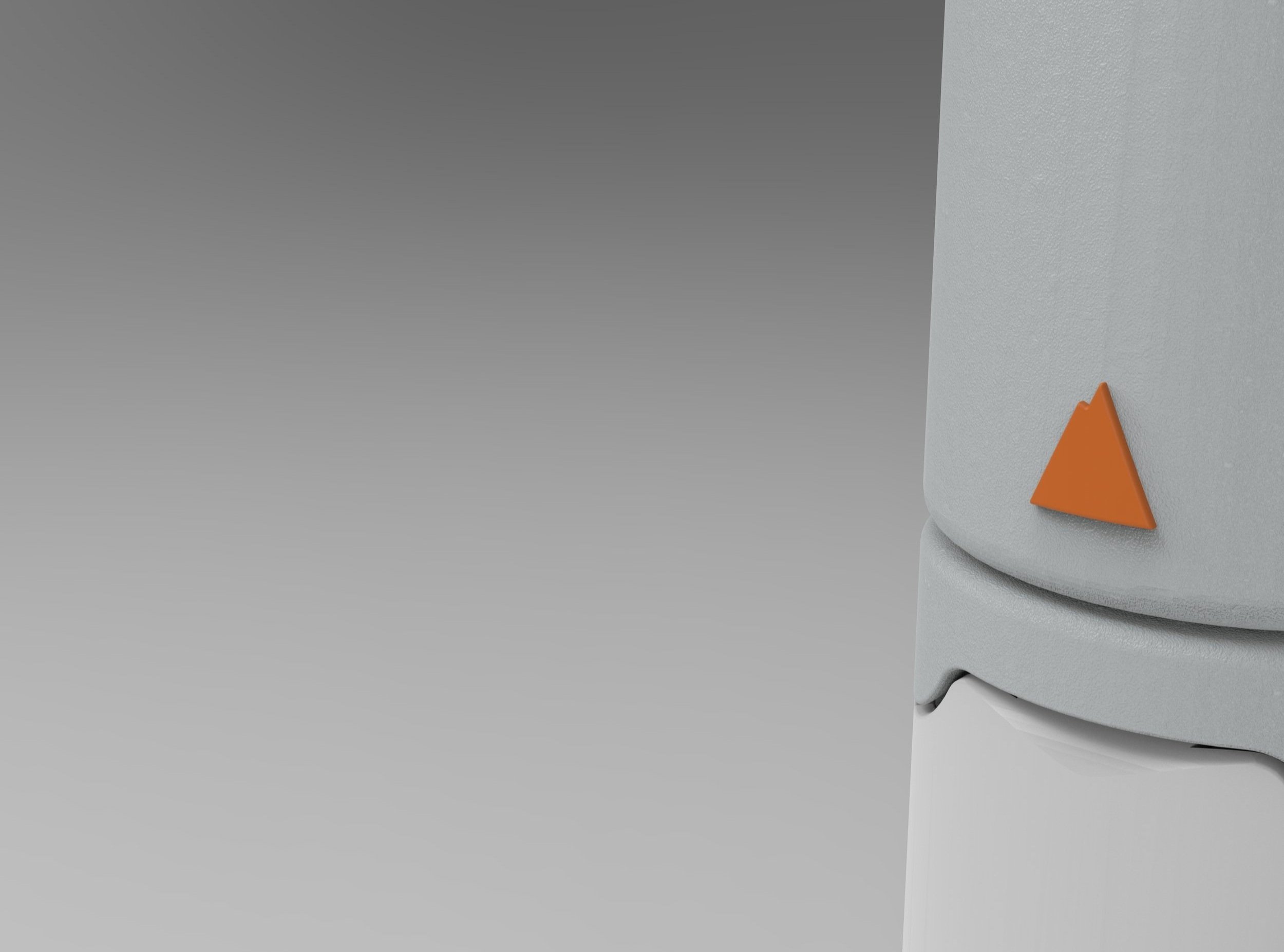



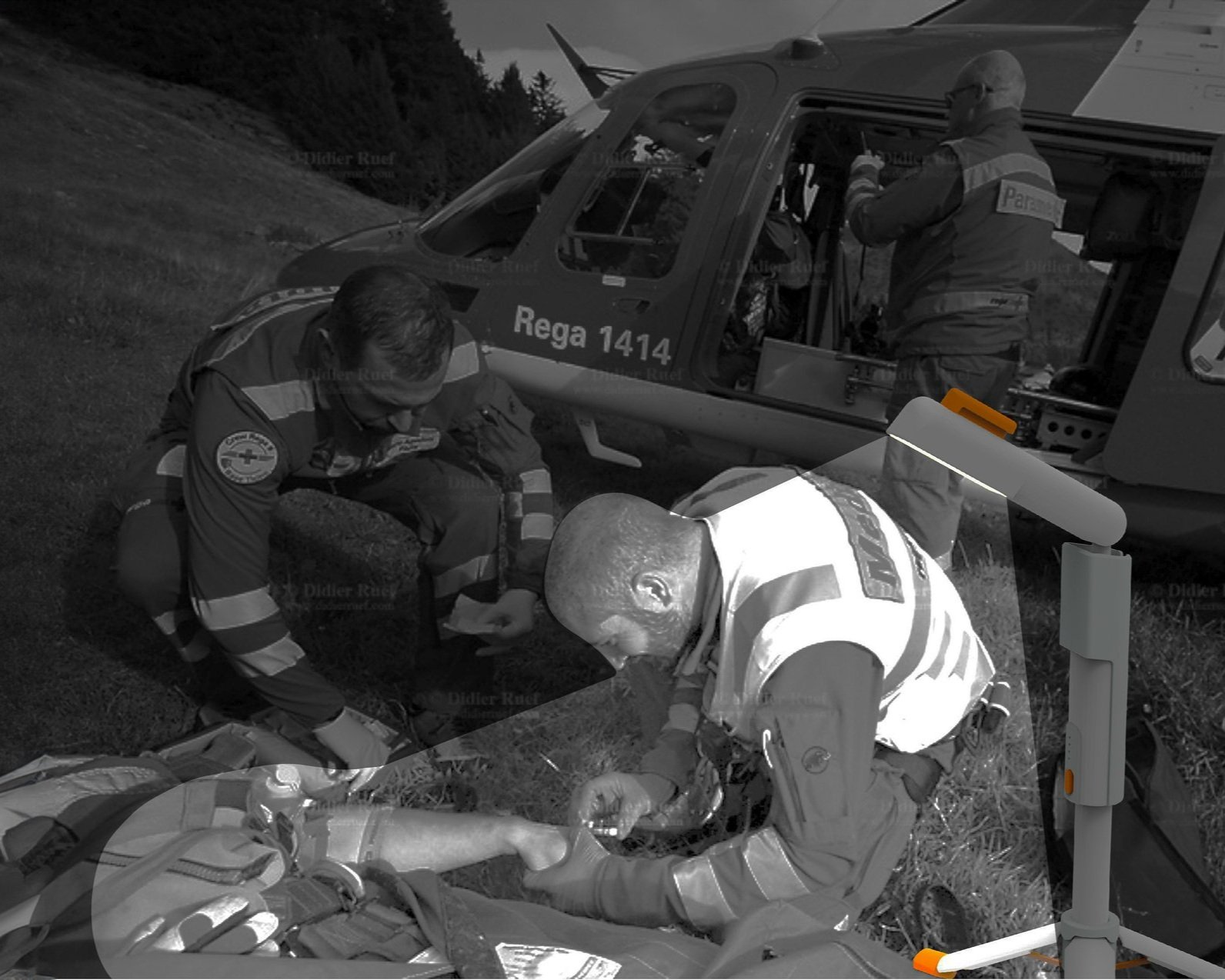
Booklet PDF






